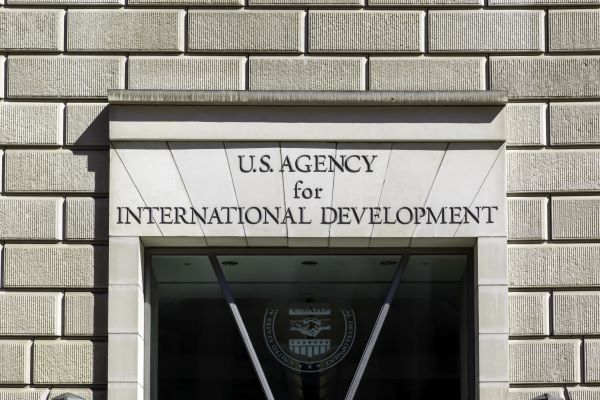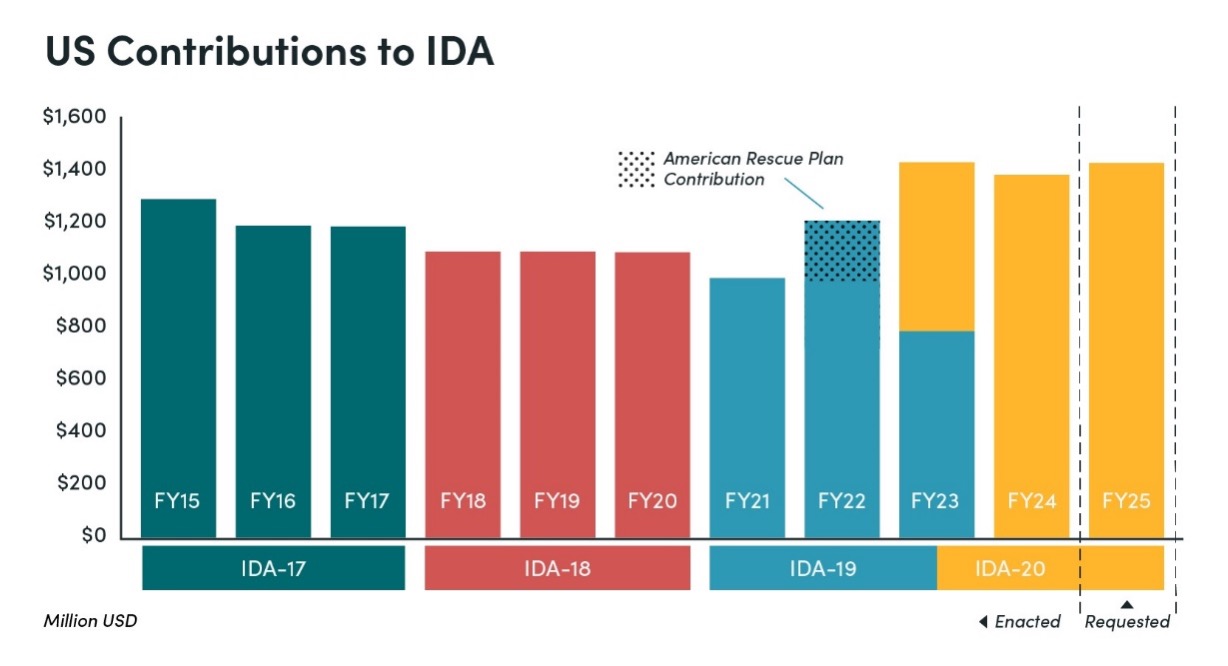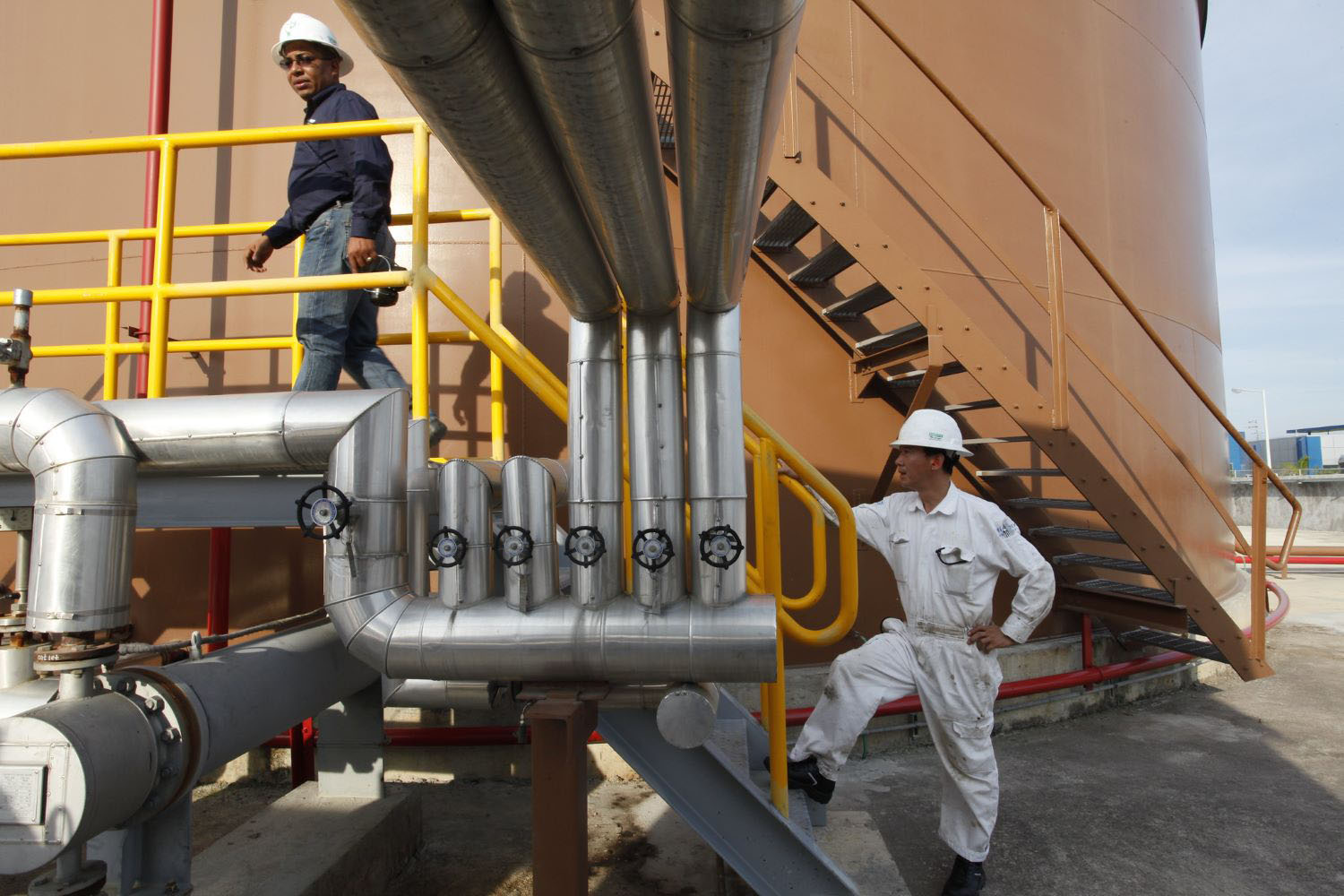Recommended
We’re rapidly approaching the end of the calendar year, and USAID has just three of 11 Senate-confirmed officials in place. Sadly, this represents solid progress compared to the staffing timelines of the past two administrations. It’s worth understanding what accounts for the better pace of appointments at USAID this year, as well as the obstacles to additional progress when it comes to Senate confirmations.
First, the Biden administration has made it a priority to fill leadership positions at the United States’ largest bilateral aid agency. In fact, as of December 6, nominees for all 11 posts at the agency requiring confirmation had been submitted to the Senate.
To US development policy watchers, this early emphasis on USAID staffing is a welcome change after years of frustration over the slow pace of filling high-level jobs at the agency. President Obama famously—or rather infamously—failed to put forward a nominee for USAID administrator for nearly 10 months. Raj Shah wasn’t confirmed until late December 2009, taking the helm of the agency days before a devastating earthquake hit Haiti and touched off a massive humanitarian crisis. After that experience, President Trump’s announcement in May 2017 that he would tap former Ambassador Mark Green to serve as USAID administrator felt like progress, even though Green wasn’t confirmed until early August. But nominees to USAID’s other Senate-confirmed posts lagged in the Trump era. And a few suffered false starts with initial nominees withdrawn for one reason or another. After four years, USAID’s Asia Bureau ended the Trump administration having never had a Senate-confirmed official in the lead.
The relative speed of the Biden administration’s USAID nominations is most striking when compared to the two preceding administrations. But it’s also fairly impressive when assessed over a longer time horizon. In the last four decades, only one incoming administration—that of President George W. Bush—had submitted as many nominees as the Biden administration for top USAID posts by this point.
*This chart displays the status of USAID positions that require Senate confirmation at the end of the calendar year in which the inaugurations for the first terms of Presidents Bill Clinton, George W. Bush, Barack Obama, and Donald Trump took place. In the case of President Biden, it showcases the status of top USAID positions at the date of posting.
Despite the current administration’s record pace of nominations, delay tactics in the Senate have kept nominees from advancing. More specifically, a small number of senators, who object to some of the administration’s international policy decisions and want a bargaining chip with the White House, have used the chamber’s rules and practice to obstruct timely committee consideration of pending foreign policy and national security nominees and objected to any agreements for floor consideration—compelling the use of cloture motions and rollcall votes to reach confirmation.
The landscape of the 117th Congress looks remarkably different.
When it functions well, the Senate confirmation process can help ensure nominees are well-qualified and provide a useful avenue for congressional oversight. But while USAID nominees have never been immune to politics, where unanimous consent agreements and voice votes had once been the norm, the landscape of the 117th Congress looks remarkably different.
Senate delays affecting a wide range of foreign policy nominees have attracted growing attention (see, for instance: here, here, and here). Major hold-ups in confirming ambassadorial picks, posts that are typically filled at a faster clip, probably qualify as bigger news. But a stalled Senate is also undercutting the administration’s concerted effort to install development policy leads amid a global pandemic and a host of brewing international crises.
Thankfully, USAID benefits from a deep bench of able career staff. And in an interesting twist, three individuals who were confirmed by the Senate to serve in USAID posts early in the Obama administration have returned to public service in roles supporting Administrator Power, her push to advance locally led development, and the agency’s response to COVID-19.
Aside from USAID, Nominees for several top development jobs at other agencies have also been put forward; although, as of writing, all await Senate confirmation. Unfortunately, the Treasury Department’s Undersecretary for International Affairs is a noteworthy exception. The position remains vacant without an announced nominee even as the US is days away from the pledging session for an unprecedented advance replenishment of the World Bank’s concessional financing arm and conversations about how to make the best use of the International Monetary Fund’s recent issuance of Special Drawing Rights loom large.
*Ambassador Debbie Birx—who was nominated by President Obama and confirmed by the Senate in April 2014—remained in her position at the helm of PEPFAR through the Trump administration.
So, let’s give credit where credit is due when it comes to the administration’s efforts to nominate development policy leadership. Amid so many pressing global challenges, here’s hoping the Senate picks up the pace when it comes to exercising its power of advice and consent.
Disclaimer
CGD blog posts reflect the views of the authors, drawing on prior research and experience in their areas of expertise. CGD is a nonpartisan, independent organization and does not take institutional positions.
Image credit for social media/web: Adobe Stock






